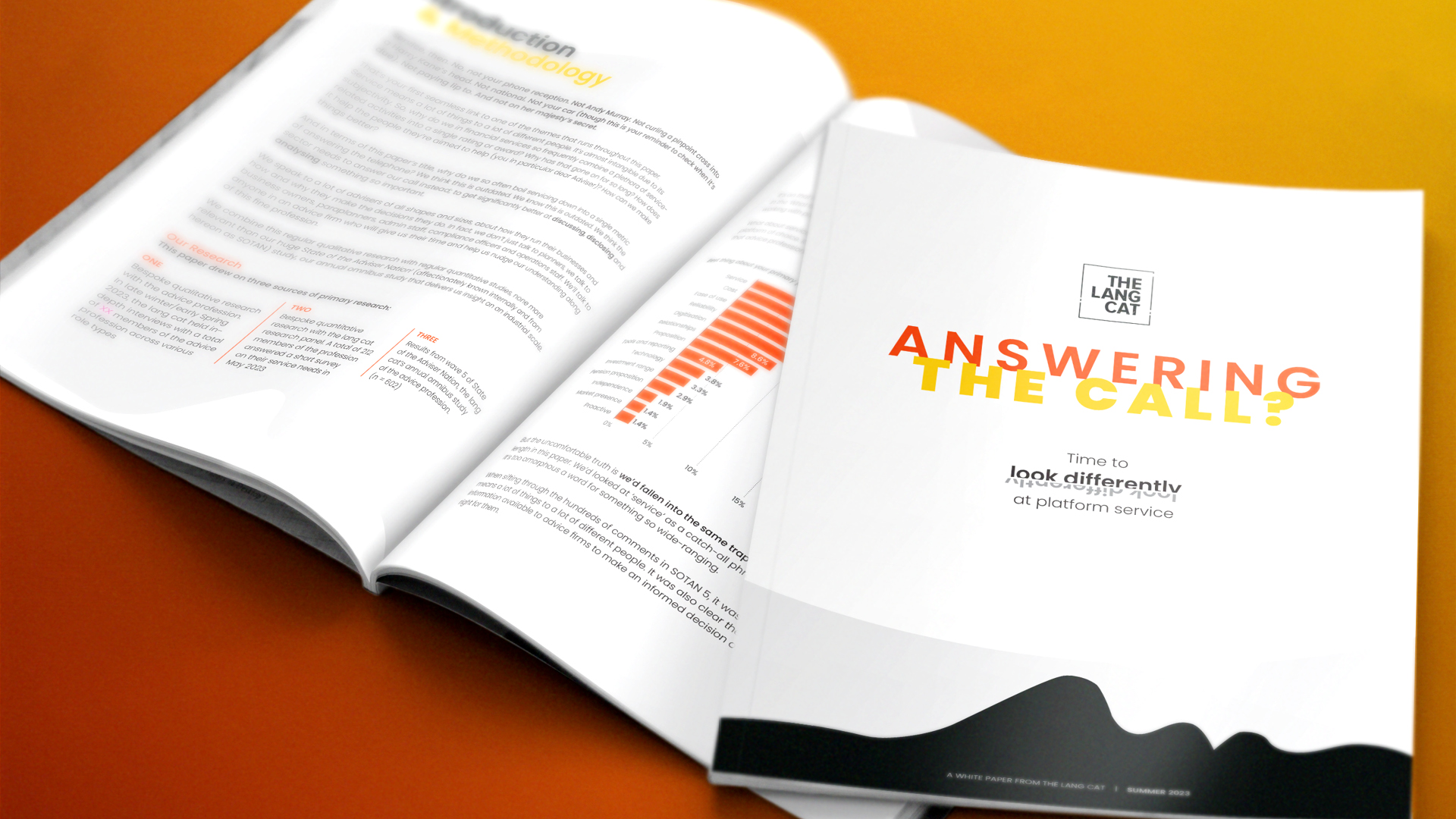What a day. I’ve been speaking at Capita’s Great British Adviser Day on whatever nonsense came into my head. With the launch of CP12/12 today, at least some of that nonsense was around platforms and rebates, which would have been fine if a) I didn’t disagree with a big chunk of it and b)Rory Percival of the FSA wasn’t sat two feet away. Sheesh.
The wires have done a great job of describing what’s in the paper – go here and here for more. I won’t repeat it all, but broadly speaking:
- payments to platforms from fund or wrapper providers are nixed, as expected
- rebates to customers from fund managers can’t be paid in cash
- execution only platforms are in scope
I think here I should draw your attention to to my previous post on the FSA stance on U-turns and representations from the industry – FSA Says: “We’re Rubber, You’re Glue, It Bounces Off Us And Sticks To You”. Â Nothing has changed from this, really, so we’ve all had a jolly time but we’re not much further forward.
I have to write about the cash rebate ban. I’m not the first to say it, but I work with platforms and advisers every day of the week and am yet to see any adviser claim that the rebate from the fund manager means their advice is ‘free’. There is an interesting point from the customer research (conducted by NMG on behalf of the FSA) that people don’t consider the cash within their platform’s ecosystem as ‘theirs’ – it’s just an amorphous thing that’s there to pay charges. This is seized upon as a further justification to ban cash rebates. Sorry, it’s not. If you believe that you would need to ban cash accounts full stop. While that would please certain providers who don’t have a cash account and are desperately seeking justification for not building one, it probably doesn’t have much to do with reality.
In my experience, the one way to cloak charges, jiggery, pokery and all manner of hoojicumpoovies (copyright my old techy teacher Mr Stoddart) is to express them as units. Clients can understand a (say) 0.75% charge. They can understand a charge that’s expressed as a fixed monetary amount. But to say that they’ll be paying / receiving a charge of 4.237 units per calendar month means precisely nothing at all. If this unit thing is to work – and I don’t think it will – then there needs to be specific regulation about how charges are disclosed not only in KFDs but also in adviser suitability letters and more.This is a pneumatic sledgehammer to crack an imaginary nut.
While mentioning research, you should also read Deloitte’s research which forms a big part of the FSA’s justification for their views. Now, this is a 212 page document. I’ve read about half of it properly and skimmed the other half, so this ain’t gospel. It’s a scholarly, well written and well constructed piece of work (even if they called TD Waterhouse TD Warehouse at one point). But I don’t think it’s the last word by any means. It reads to me – in the nicest possible way – as a piece of validatory research for the FSA’s already entrenched views, rather than a piece of genuine exploration. I know both Deloitte and FSA will deny this vigorously, and I’m not impugning anyone’s method or motives, especially grownups like Deloitte who could take me in a square go, no bother. But…well, read it for yourself. I’ve gone to war on partial insight before – I wouldn’t go to war on this.
There is some great stuff in the Deloitte’s piece though – it’s more their conclusions and the way FSA have used them that I have a problem with. Read, if you will, the bit on page 24, where they identify that in their sample there are:
-
- 3 fund supermarkets, with average AuA of £21bn
- The average revenue per platform is £69m
- By contrast there are 3 wraps in the sample
- Average AuA is £4bn
- Average revenue is £43m
Let’s put that another way. Wraps, according to this sample, are generating 62% of the revenue of the supermarkets off a base that is 19% the average size. I’m just saying. That could mean wraps are overcharging, of course, or it could mean the supermarket model delivers suboptimal outcomes for shareholders. This is not a healthy industry.
Transparency and the death of wizard wheezes could be a good thing, for everyone that can make the trip. Profits within the limits naturally imposed by an efficient market are good for customers and shareholders. Too many businesses in this sector are bloated, inefficient and spunking millions on technology that will never, ever be used in anger.
I heard Chris Davies of Engage Partnership delivering a brilliant talk today in which he mentioned that clients generally value three things about any given offer. I wonder if we shouldn’t spend more time identifying those three things and making them awesome, rather than replicating the palimpsest of functionality that characterised the old model propositions we all know. Ou sont les loyalty-bonuses d’antan?
OK. Let’s move on. I’m delighted that payments to platforms are still facing the axe. That’s a genuinely shonky piece of market practice that deserves to die. But – as ever – there is a limited exploration of how much commercial damage this could do. Say, for example, you’re an advised platform, bundled, currently living off a fixed platform charge – let’s say £50pa to make it fair – and whatever rebates you can skelp. If you’re big and you’ve spent the last 10 years driving brutal deals with fund managers, your average take is probably in the 35-40bps range and maybe a bit more. Plus your £50 a year, plus whatever fun extras you can swing for shelf space, marketing packages and all that good stuff. Bish, and indeed bosh.
Now it’s RDR. All rebates go back to the customer. The market – thanks to Fidelity – is at 25bps + £45pa. You keep your £50pa, lose your extras, and now are faced with a challenge. Are your fund deals (for those paying rebates) good enough to justify you charging more? Can you charge 35bps or even 40bps and justify it by better rebates? Not for passives, ETFs, investment trusts and many others, you can’t. So do you keep plugging the traditional 150bps active funds, even if they launch 100bps share classes? If so, how do you square off the bias stuff?
There are some businesses facing a cut in revenue of about 1/3rd in the advisory market. In the XO market that could be as much as 50% or more. Do you know many businesses who could deal with that with equanimity? I don’t.
That’s the real story behind CP12/12, I think.
These are just first thoughts – no doubt more to come over the coming days. My head is spinning with all this, and I need some time to process. Be great to hear what you think, leave your comments below.




